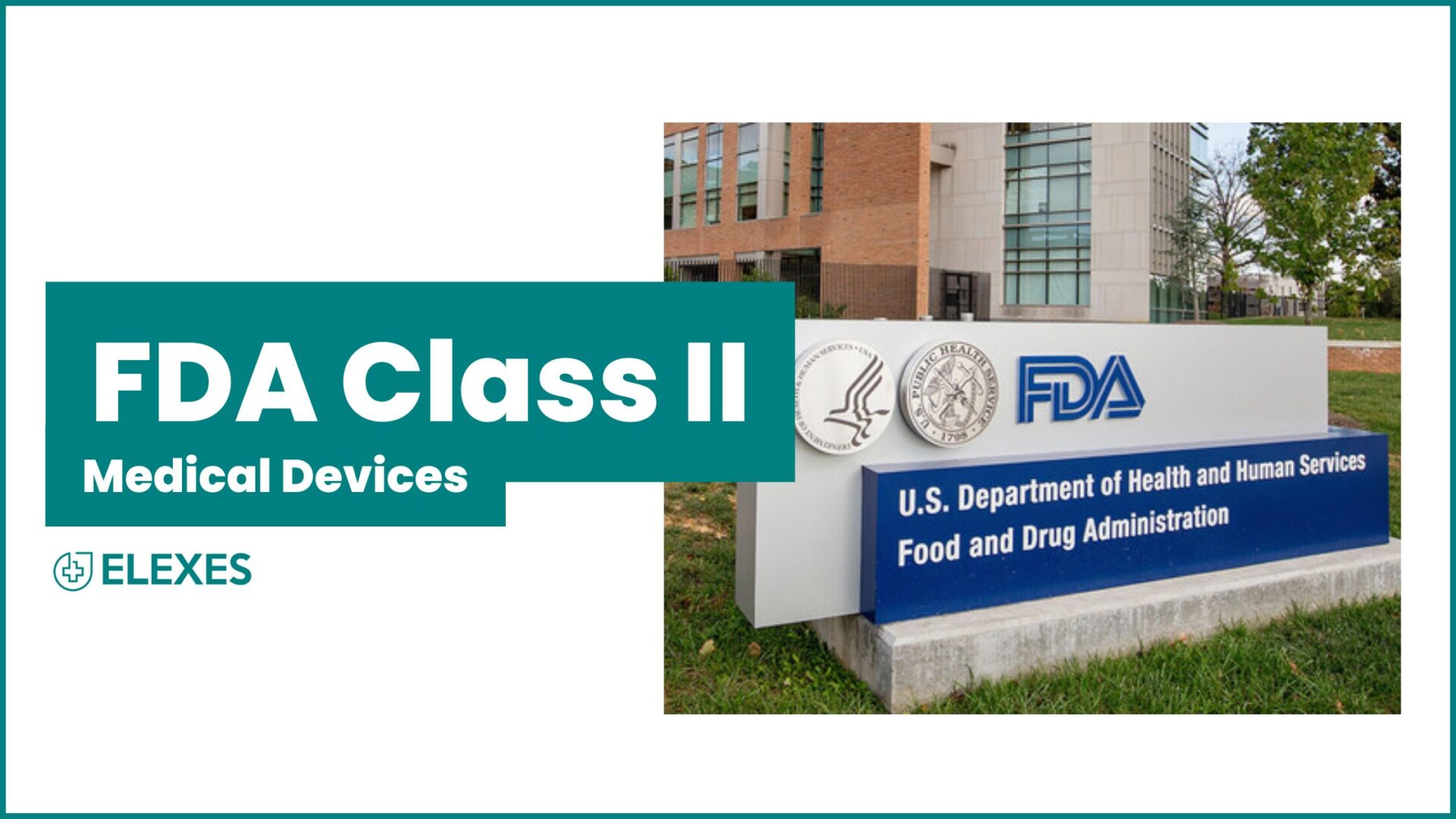A 510(k) submission to the FDA requires a comprehensive set of sections to demonstrate that a medical device is substantially equivalent to a legally marketed predicate device. Here are the main sections typically required in a 510(k) submission:
Cover Letter: This letter should include the submission type, the name and address of the manufacturer, and contact information (FDA) (FDA).
FDA Form 3514: This form provides a summary of the submission contents and is used to ensure all necessary information is included (FDA).
Table of Contents: A detailed table of contents to help reviewers navigate the submission (FDA).
Administrative Information:
⦿ 510(k) Summary or Statement: A summary of the safety and effectiveness information or a statement indicating that this information is available upon request (FDA) (FDA).
⦿ Indications for Use Statement: A clear statement of the device’s intended use (FDA) (FDA).
⦿ Truthful and Accurate Statement: A declaration affirming the truthfulness of the information provided (FDA).
⦿ Class III Certification and Summary (if applicable) (FDA).
Device Description:
⦿ A detailed description of the device, including its components, materials, and intended use (FDA) (FDA).
⦿ Comparison with Predicate Device: Demonstration of substantial equivalence to a predicate device (FDA).
Labeling:
Copies of all proposed labels, labeling, and advertisements (FDA) (FDA).
Performance Data:
⦿ Bench Testing: Results from performance tests conducted in a laboratory setting (FDA).
⦿ Animal Testing: If applicable, results from animal studies (FDA).
⦿ Clinical Testing: If applicable, results from clinical trials (FDA).
Standards and Guidance Documents:
⦿ Declarations of conformity to recognized standards (FDA) (FDA).
⦿ Summaries or reports demonstrating compliance with specific FDA guidance documents or special controls.
Software Validation:
For devices involving software, documentation of software development, validation, and verification processes.
Risk Analysis:
A summary of the risk management activities performed for the device.
Sterilization Information:
For devices that are supplied sterile, information on the sterilization process and validation.
Biocompatibility Information:
Data demonstrating the biocompatibility of the materials used in the device, if applicable.
The exact content and format can vary depending on the type of device and the specific guidance documents that apply. For more detailed and device-specific requirements, it’s recommended to refer to FDA guidance documents and the eSTAR template for electronic submissions.





















